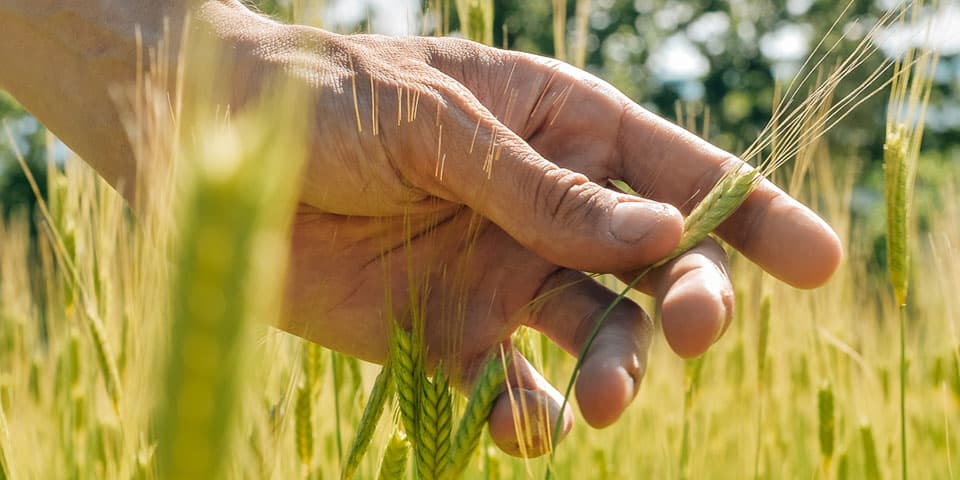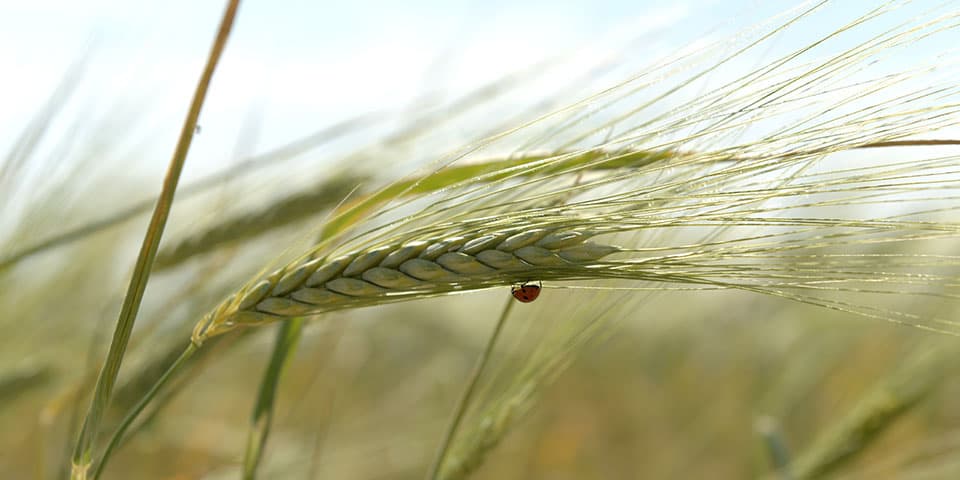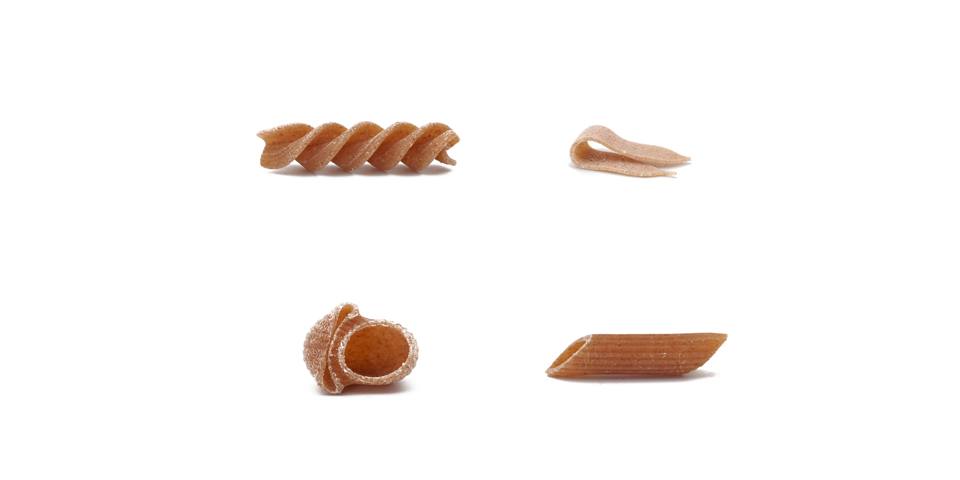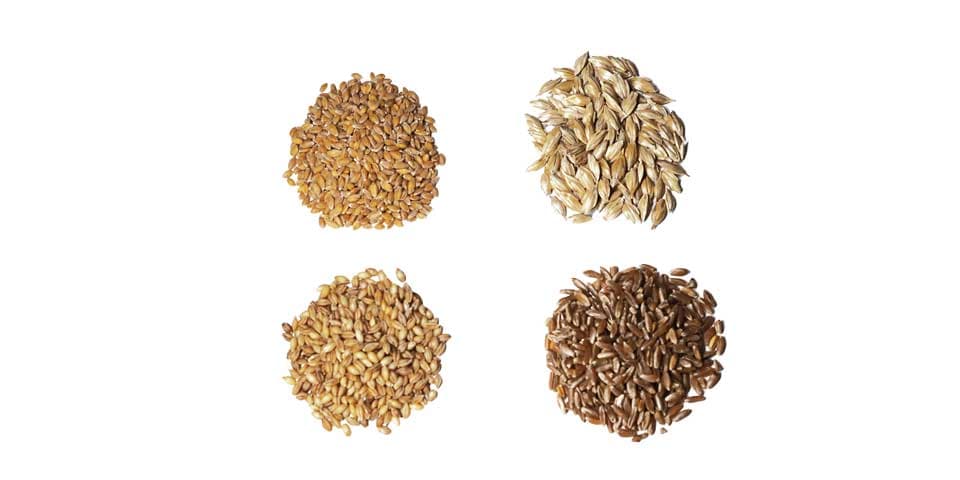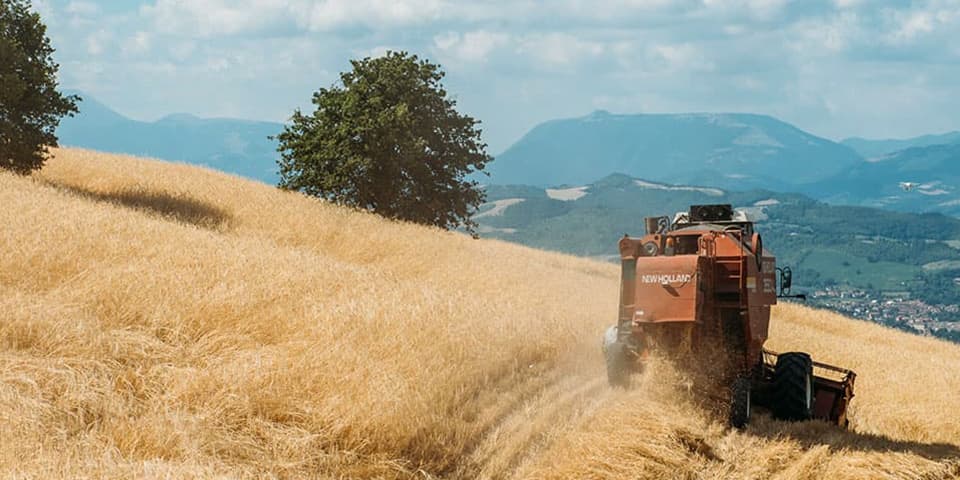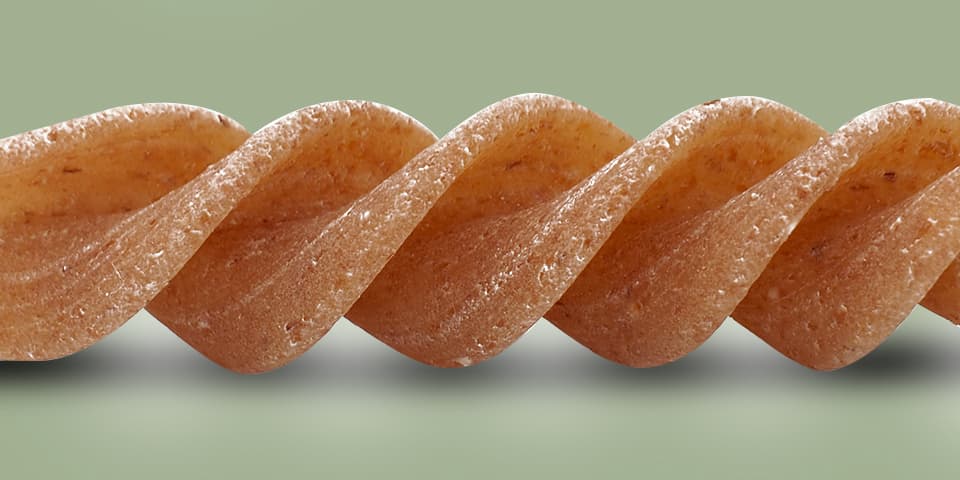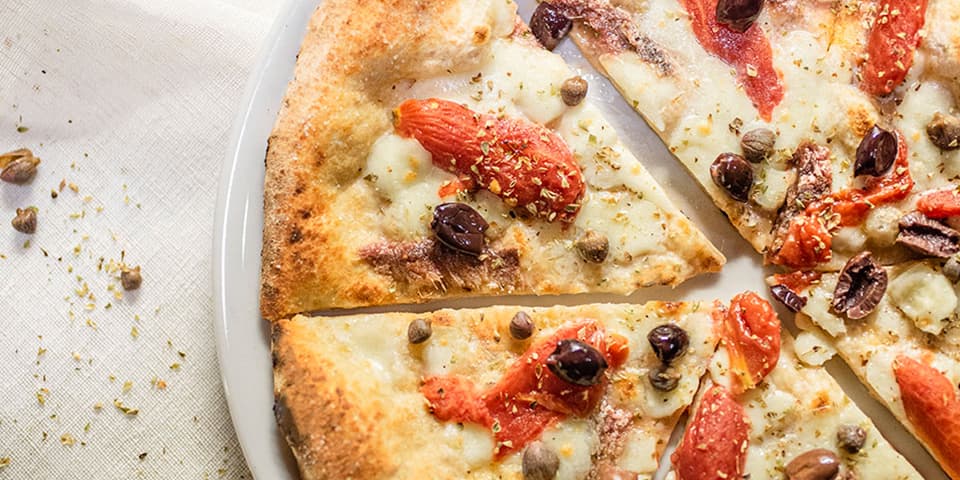Monlis
einkorn
wheat
The first variety of einkorn wheat enrolled in the National Register of Varieties (2006).
Monlis is a variety of einkorn wheat, the first to be enrolled in the National Register of Varieties (in 2006) and established by the CRA (National Council for Agricultural Research).
The renewed interest in this cultivation is due to the growing sensitivity towards the dietary-nutritional characteristics of processed foods, mainly linked to the reduced gluten content and its low tenacity.
These elements lead to a better digestibility of einkorn wheat than other cereals and therefore a better food tolerance (please note that einkorn wheat, like all wheats, can not be eaten by people who suffer celiac disease, as it contains gliadins, that are proteins that cause the celiac reaction).
In addition to its excellent nutritional characteristics, einkorn wheat is also interesting from an agronomic point of view, because it is tolerant to environmental diseases and stresses and suitable for marginal, high-hilly and mountainous cultivation conditions.
Its rusticity, low nutritional requirements and its wide environmental adaptability make it particularly suitable for organic and low environmental impact agricultural systems.
Monlis variety
It is a variety of small farro created by the former Experimental Institute for Cereal Growing (today CRA), and obtained by the selection within local plant lives of different origins.
This is a variety of alternative habitus (it does not require cold accumulation to mature, therefore autumn-winter sowing is not necessary), upright plant at the end of the tillering phase, very thin leaves and culm, vegetation with strong pigmentation when ripe (straw, glumes and awns are brown-black in colour).
It is a variety suitable for late winter sowing in mountain areas and in northern Italy; Autumn sowing is possible in the middle-lower hilly areas of the Center-South, where the climate is milder.
It is appropriate for winter grazing.
The sowing
Recommended sowing density:
200-250 germinable seeds per square meter (corresponding to 90-110 kg / ha of hulled grain), adopting the sowing in rows.
Fertilizations should be limited because the plant has a strong tillering capacity and a high susceptibility to lodging.
The plant
Caryopsis medium-sized, flattened, with little fluff at the tip, with a soft (“tender”) texture, suitable for flours used for the preparation of bakery products and some types of pasta.
The size is medium-high, with a very late cycle.
The spike
The spike is medium length, very compact, brown and black in colour during its maturation phase; awns are similar in color, generally short, not open wide, which tend to fall during their full ripening.






